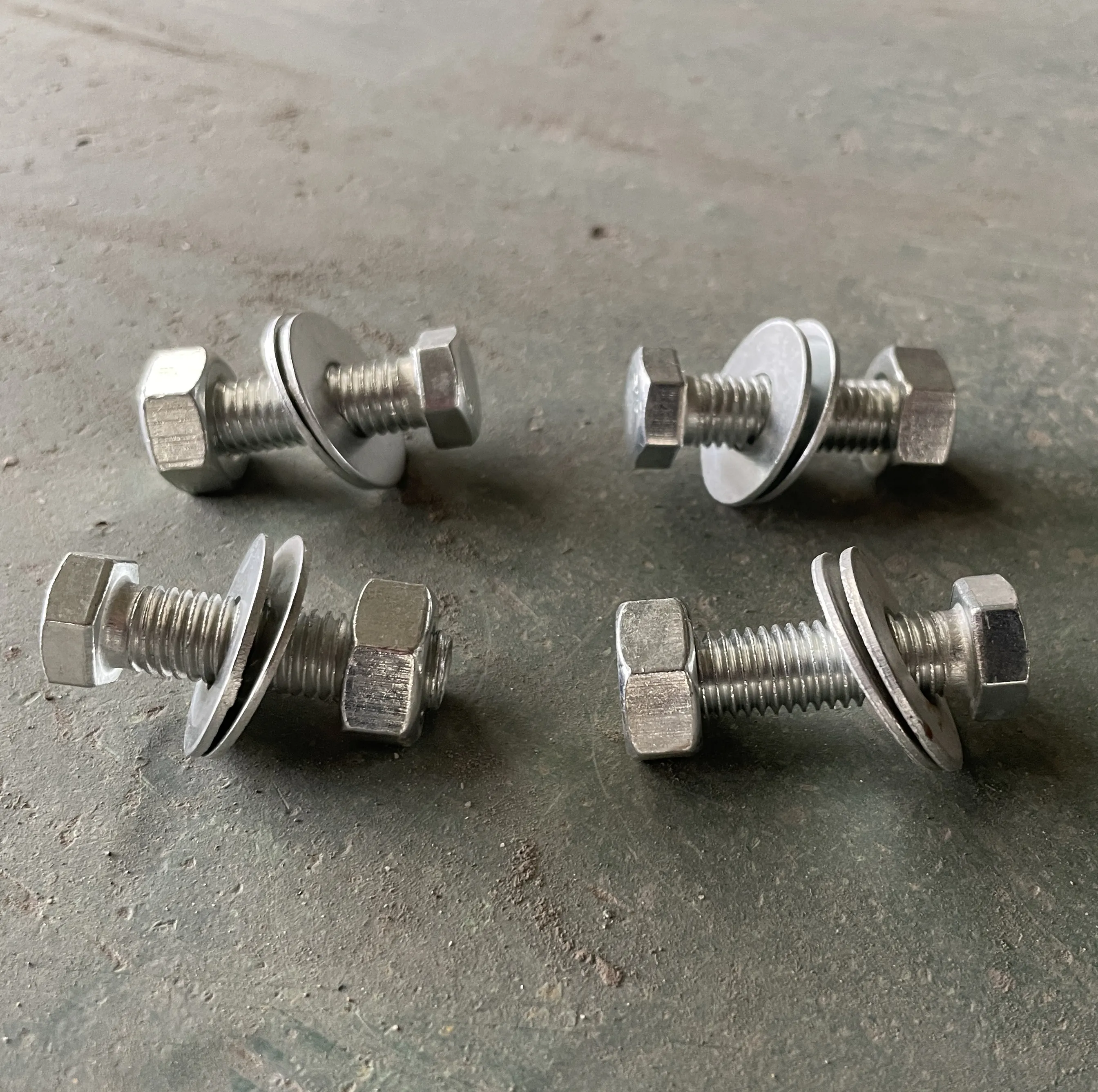loading...
- No. 9, Xingyuan South Street, Dongwaihuan Road, Zaoqiang County, Hengshui, Hebei, China
- admin@zjcomposites.com
- +86 15097380338
- Welcome to visit our website!
Innovative Solutions for Secure Installation of Floor Grating Clamps for Enhanced Safety and Stability
The Importance of Floor Grating Clamps in Industrial Applications
Floor grating clamps are essential components in various industrial applications, particularly in environments where safety, durability, and structural integrity are paramount. These clamps are designed to secure metal grating systems used in walkways, platforms, and various types of flooring. Their significance goes beyond mere functionality; they play a critical role in ensuring the safety of personnel and equipment in industrial settings.
Understanding Floor Grating Systems
Floor grating systems are typically fabricated from steel, aluminum, or fiberglass and are utilized in a wide range of industries including chemical processing, oil and gas, food production, and wastewater treatment. The primary function of these grating systems is to provide a strong, durable surface while allowing for drainage, ventilation, and light penetration. However, for these systems to perform effectively, proper installation is crucial, and this is where floor grating clamps come into play.
Why Use Floor Grating Clamps?
1. Safety The primary purpose of floor grating clamps is to secure grating panels to their supporting structures. This secures the panels in place, preventing accidental displacement that could lead to slips, trips, or falls, which are common hazards in industrial environments. A securely fastened grating system reduces the risk of injury to personnel working on or around the area.
2. Prevention of Corrosion and Wear Many industrial environments expose floor grating to corrosive elements, water, and varying temperatures. Floor grating clamps are designed to withstand these conditions and minimize wear and tear. By securing grating systems effectively, these clamps help maintain their structural integrity over time, reducing maintenance costs and downtime.
3. Ease of Installation and Adjustment Floor grating clamps facilitate a quick and easy installation process. They enable workers to efficiently install and adjust grating panels according to the specific needs of the workspace. This adaptability is particularly valuable in industries where layouts may frequently change, allowing for efficient reconfiguration of workspaces without extensive downtime.
floor grating clamps

4. Cost-Effectiveness While the initial investment in quality floor grating and clamps may seem significant, the long-term benefits far outweigh the costs. By providing a durable and safe flooring solution, businesses can reduce the likelihood of workplace accidents, lower maintenance and replacement costs, and improve overall operational efficiency.
Types of Floor Grating Clamps
There are various types of floor grating clamps available, each designed to meet specific requirements based on the application. Some common types include
- Standard Grating Clamps Utilized primarily for securing grating in standard installations. - Adjustable Clamps These provide a degree of flexibility, allowing for minor adjustments during installation. - Anti-Corrosion Clamps Coated or constructed from materials resistant to corrosion, ideal for harsh environments. - Heavy-Duty Clamps Built to support larger or heavier grating panels in demanding industrial applications.
Best Practices for Installation and Maintenance
To ensure optimal performance of floor grating clamps, proper installation is key. It's essential to follow manufacturer guidelines and industry standards when installing these clamps. Regular inspections should also be conducted to identify any signs of wear, corrosion, or damage. Early detection of issues can prevent more significant problems down the line and maintain a safe working environment.
Conclusion
In conclusion, floor grating clamps are a critical component in maintaining safety and functionality in industrial settings. By securing floor grating systems effectively, these clamps not only prevent workplace accidents but also enhance the longevity and performance of the grating itself. Investing in high-quality clamps and adhering to best practices for installation and maintenance can lead to improved safety, reduced costs, and increased operational efficiency in various industrial applications.
-
GRP Structures: The Future of Lightweight, High-Performance EngineeringNewsJun.20,2025
-
FRP Water Tank: High-Performance Storage for Corrosive and Clean Water SystemsNewsJun.20,2025
-
FRP Square Tube: The New Industry Standard for Chemical and Structural ApplicationsNewsJun.20,2025
-
FRP Pultruded Profiles: The Ultimate Choice for Lightweight Structural StrengthNewsJun.20,2025
-
FRP Handrails: The Safer, Smarter, and Stronger Choice for Modern InfrastructureNewsJun.20,2025
-
FRP Grating: The Smart Solution for Durable, Lightweight Industrial FlooringNewsJun.20,2025
-
Why Choose a Galvanized Water Tank for Your Storage NeedsNewsMay.21,2025
